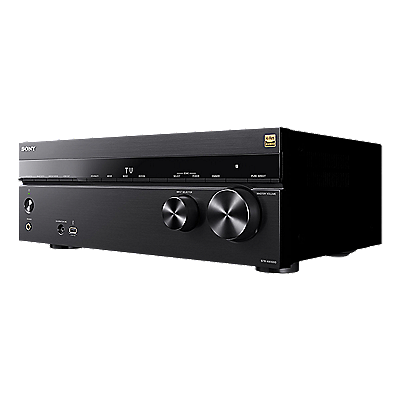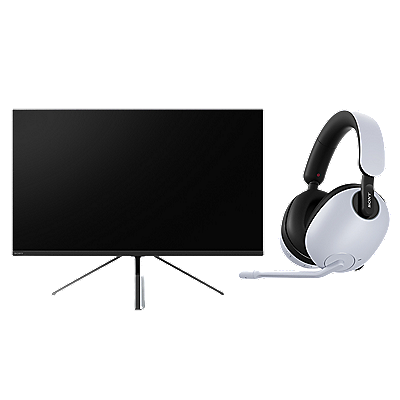What is the difference between interlaced and progressive scan video?
Progressive Video: Video sources that are listed with the letter p are called progressive scan signals. Examples of this would be 480p, 720p or 1080p. Progressive scan video content displays both the even and odd scan lines (the entire video frame) on the TV at the same time. A High Speed HDMI® Cable is required to transmit a video signal in 1080p.
Interlaced Video: Video sources that are listed with the letter i are called interlaced. An example of this would be 480i or 1080i. Interlaced video displays even and odd scan lines as separate fields. The even scan lines are drawn on the screen, then the odd scan lines are drawn on the screen. Two of these even and odd scan line fields make up one video frame.
NOTES:
- The numbers listed before the p or the i represent the number of scan lines the video source uses to reproduce the video.
- NTSC analog television signals are broadcast in 480i.
- Due to the amount of bandwidth required to carry the signal, broadcasters have not announce any plans to transmit a 1080p signal at this time.
- A tutorial further explaining interlaced and progressive scanning is available for viewing.























